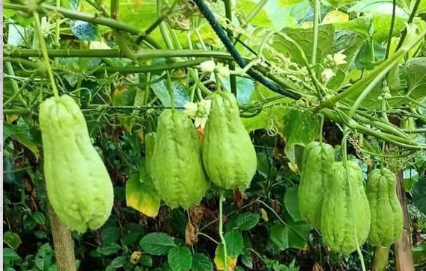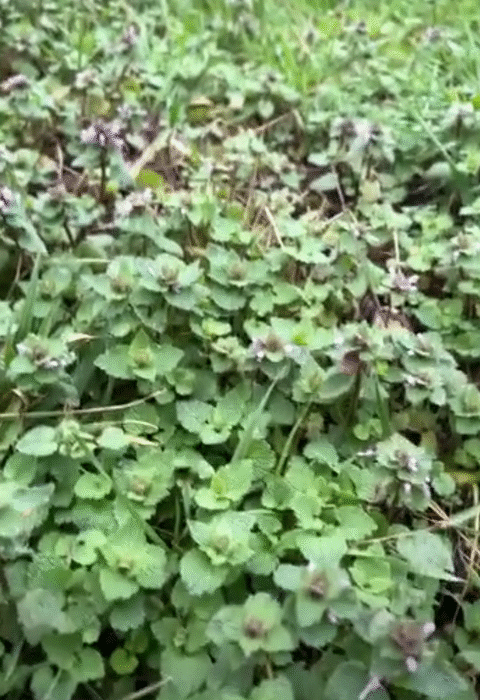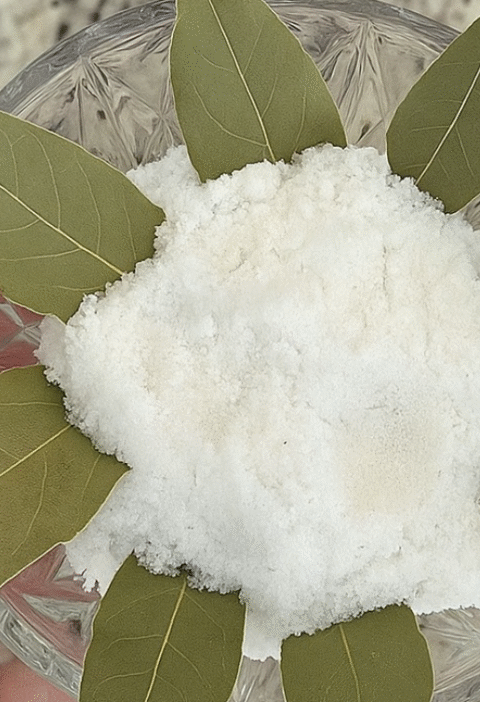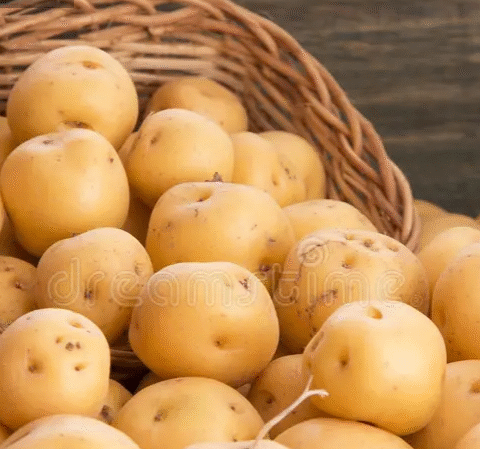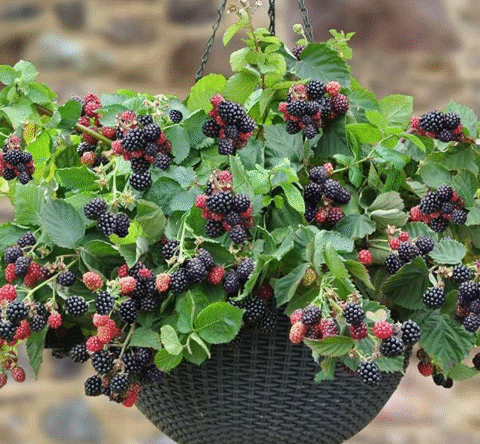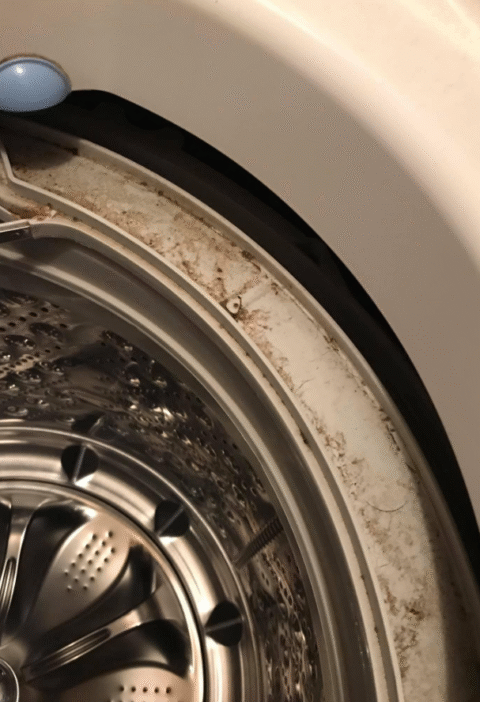Grow Chayote Anywhere – A Step-by-Step Guide to Container Harvesting!
Are you a gardening enthusiast with limited space? Do you yearn to grow your own produce even without a sprawling backyard? Look no further, because chayote (Sechium edule), a versatile and delicious vegetable, can be successfully grown at home in containers, making it an ideal choice for urban gardeners and anyone looking to maximize their garden space.
Why Choose Chayote?
Chayote, also known as vegetable pear or mirliton, is a unique and flavorful vegetable that originates from Central America but has found its way into cuisines around the world. It belongs to the gourd family and is renowned for its mild, crisp texture and delicate taste, resembling a cross between a cucumber and a zucchini. The plant produces pear-shaped fruits that are typically pale green, though some varieties may be spiny.
🌱 Step-by-Step Guide to Growing Chayote in Containers
1. Select the Right Container
Use a container that’s at least 5 gallons (≈19 L) in size. Deeper pots (up to 24 inches) are ideal to support chayote’s extensive root system. Ensure your container has adequate drainage to prevent waterlogging and root rot.
2. Prepare the Soil
Chayote prefers a well-draining, nutrient-rich soil mix. A blend of potting mix, compost, and perlite or sand is ideal. This ensures the roots stay aerated and healthy.
3. Planting the Chayote
Plant a whole chayote fruit (sprouted if possible) about 4–6 inches deep, angled so the sprouting tip faces upward. Ensure this is done after the last frost when soil temperatures reach at least 65 °F (18 °C).
4. Provide Sunlight and Support
Place the container in a location that gets 6–8 hours of full sunlight. Use a sturdy trellis, pole, or vertical frame at planting time to guide the long vines.
5. Watering and Feeding
- Keep the soil consistently moist but not soggy.
- Fertilize every 4–6 weeks using a balanced or low-nitrogen fertilizer.
6. Pruning and Maintenance
Pinch the tips after 3–4 true leaves to encourage bushier growth. Regularly prune yellowing leaves and guide vines to prevent overcrowding and improve airflow.
7. Pest and Disease Management
Watch for pests like aphids—they can be removed with water sprays or neem oil. Avoid overhead watering to reduce the risk of powdery mildew.
8. Harvesting Chayote
Harvest fruits when they’re 4–6 inches long, tender, and light green. It takes about 120–150 frost-free days to mature. Use scissors to clip fruits, leaving a short stem attached.
9. Winter and Climate Tips
Chayote is sensitive to frost. In colder zones, bring containers indoors during winter or grow chayote as an annual. Use mulch to retain warmth during cool nights.
🧪 Nutritional & Growth Snapshot
| Stage | Action |
|---|---|
| Container | ≥ 5-gallon pot, with drainage |
| Soil | Rich potting mix + compost + perlite/sand |
| Planting | Whole fruit, 4–6 in deep, angled |
| Light | 6–8 hours full sun daily |
| Water | Keep moist, not soggy |
| Fertilizer | Every 4–6 weeks (balanced) |
| Harvest | After ~120–150 days, 4–6 inch fruits |
🌿 10 Frequently Asked Questions (FAQs)
- Can I grow chayote indoors?
Yes, if you provide full sunlight or use grow lights and a large enough container. - Does chayote need pollination?
Yes, it has male and female flowers; bees help, or you can hand-pollinate. - What climate is best?
Tropical to subtropical climates. USDA Zones 8–11 are ideal. - Can I eat the leaves or shoots?
Yes! Young shoots and leaves are edible and used in soups or stir-fries. - Can I plant chayote from store-bought fruit?
Yes, if it hasn’t been treated. Let it sprout naturally before planting. - How long do the vines get?
Chayote vines can grow over 30 feet, so a strong trellis is essential. - Do I need more than one plant?
No, chayote is monoecious (both flower types on one plant), but multiple plants can improve yield. - When is the best time to plant?
After the last frost when temperatures stay above 65°F (18°C). - What do I do with too many fruits?
Chayote stores well in cool areas. You can also pickle, stir-fry, or bake it. - Is it invasive?
It can be aggressive in warm regions—contain growth with pruning and trellising.
🌟 Final Thoughts
Chayote is one of the most rewarding vegetables to grow in containers. With proper care, sunlight, and support, even a small balcony or patio can yield this nutritious, versatile crop. Whether you enjoy it steamed, sautéed, or raw, homegrown chayote delivers unmatched freshness and flavor.
